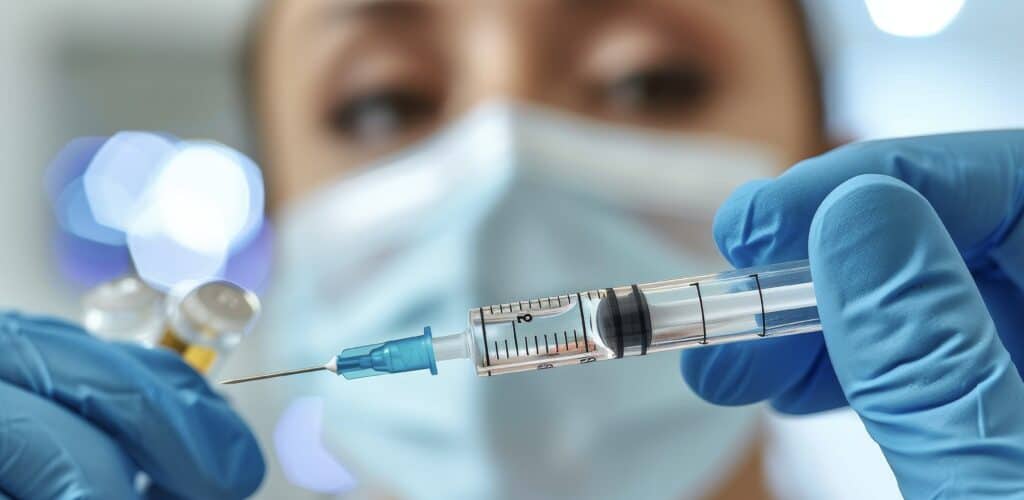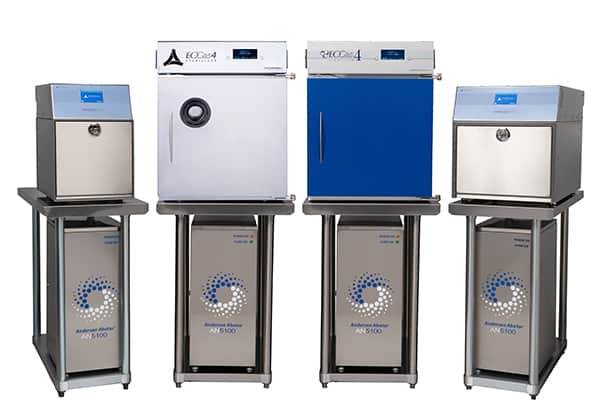
More than half of all medical devices in the U.S. are sterilized using ethylene oxide (EO) gas. Instruments made with plastic, like syringes, surgical gloves and IV tubes, cannot withstand the high temperatures used by other sterilization methods used to achieve terminal sterility. Ethylene oxide, however, achieves terminal sterility at low temperatures and with zero damage. Ethylene oxide is gentle and compatible.
Properties and Benefits of Using Ethylene Oxide for Syringe Sterilization
Ethylene oxide is widely recognized for its exceptional properties. According to the U.S. Food & Drug Administration (FDA), for many medical instruments, including syringes and lumens, sterilizing with ethylene oxide may be the only method to provide terminal sterilization without damaging the instrument during the process. Ethylene oxide penetrates various materials, including different types of medical instruments made with plastics and long lumens. This penetration ensures that the sterilization process reaches all areas of a syringe, endoscope, and catheter, which usually has hard-to-reach crevices and surfaces.
EO Protects Patients
For many years, cleaning and high-level disinfection have been the standard around the world for reprocessing flexible endoscopes, including duodenoscopes and other types of gastrointestinal endoscopes. However, multiple reports have surfaced in recent years linking the use of duodenoscopes with infections and outbreaks of carbapenem-resistant Enterobacteriaceae (CRE) and related multidrug-resistant organisms (MDROs).
15 Patients Infected with Mycobacteria After Undergoing Cosmetic Surgery at a South Florida Clinic
Medical Sterilization Solutions by Andersen

Andersen Sterilizers provides advanced sterilization solutions tailored for various medical settings. Our FDA-cleared EO sterilizers offer terminal sterility (10-6 SAL) at a very competitive price point.
Sterilizing in an Andersen gas sterilizer protects your most delicate instruments, electronics, drills, fiber optics, handpieces, and cameras from damage as well as plastic, fabric, cellulose or rubber items that you can’t sterilize with other methods. Most items, except food, drugs or liquids, can be sterilized.
That’s right, zero damage. Low temperature, no steam, no deep vacuum, no oxidation, no dulling, no damage. All those ‘no’s’ add up to a huge positive! You’ve invested a lot in your equipment, keep it in like-new condition for many years to come.
EO can even sterilize through mated or threaded metal surfaces. It will permeate through sealed plastic, Tyvek® and other wrapping – leaving the objects inside sterilized and protected from contamination. After sterilization, your packs have a shelf life of up to 6 months.
